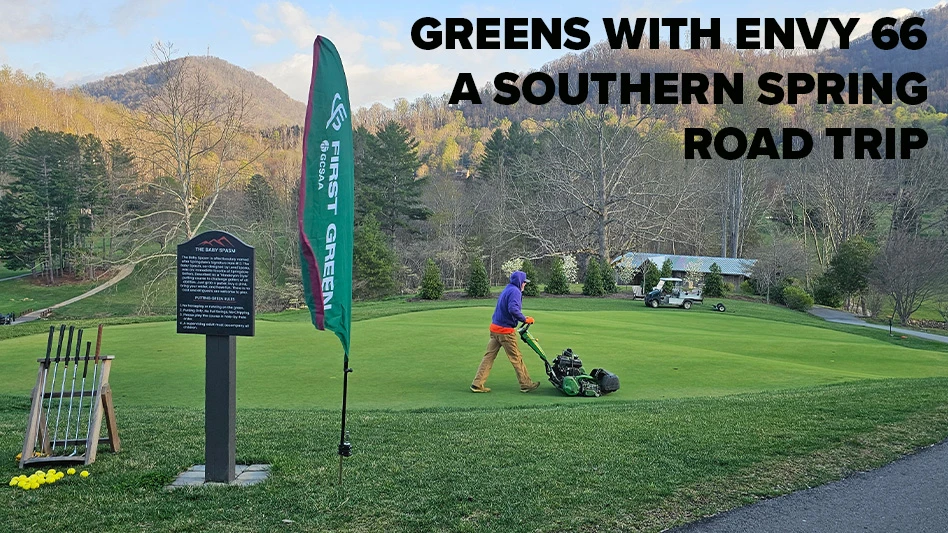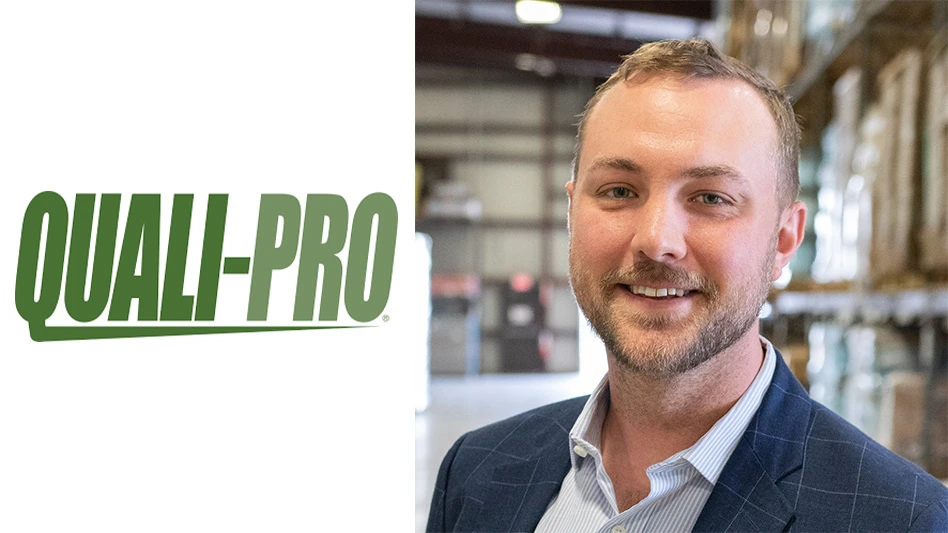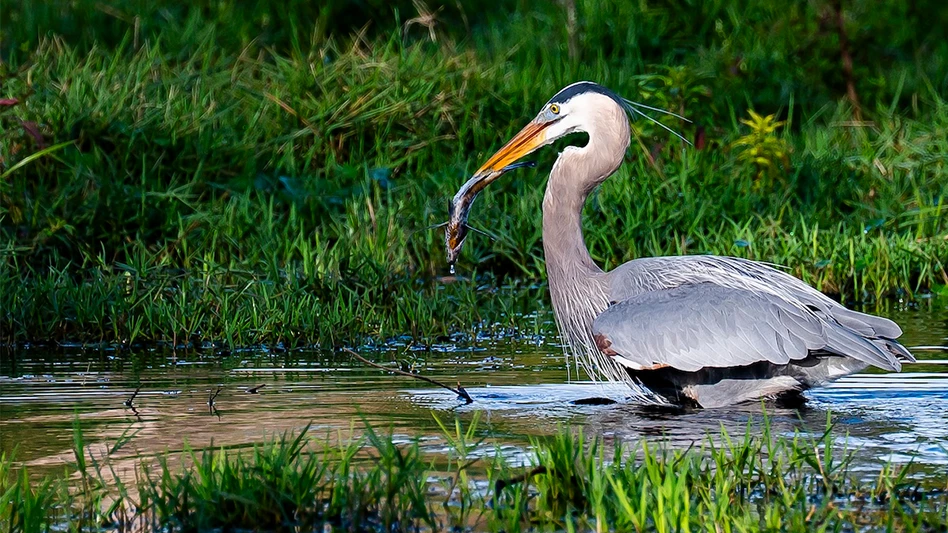
When it comes to summer stresses for turf, the sun’s UV rays aren’t often at the top of the list. Dr. Joe Vargas of Michigan State University talks about why it should get more notice, and how sunscreen isn’t just for skin.
What does research say about how products can protect turf from the negative effects and intensity of UV light?
We have tested all of the Bayer fungicides and SipcamAdvan with pigment in them and have shown improved turfgrass quality on both creeping bentgrass and annual bluegrass putting greens, as well as fairway height turf during the summer stress period. SipcamAdvan also has other sunscreen in some of their fungicides, which have also improved turfgrass quality in our summer stress studies.
How do these actually work?
It works much like sunscreen people put on their bodies to protect them from the sun’s UV rays. In the case of the turfgrass plant, these sunscreens reflect UV light that could damage the plant’s chloroplast. Research has shown there were more chloroplast in the treated turfgrass plants than those that weren’t. The more chloroplast the plant has the more efficiently it can photosynthesize and produce the energy and products it needs.
What kind of results can golf course superintendents expect to see?
If they start to use the products before the onset of the warm weather, they can expect to see improved turfgrass quality, even at low mowing heights. Improved turfgrass quality is defined as being denser and having better color.
What should a golf course superintendent know before trying these products?
That it is part of a program and not something you apply once and expect to last all season long. It will eventually be mowed off, so reapplications will have to be made.
How often should reapplications be made in order to be effective?
In our studies, biweekly applications have been very effective in increasing turfgrass quality compared to the non-treated plots. Weekly applications would be better where practical.
Just how much of the plant’s chloroplast can be protected? How effective can it really be?
It is hard to say how many chloroplast are protected at any one time. It will depend on the intensity of the UV light. Cloud cover will also have an effect on how effective it will be.
Can it make any difference for turf that’s already under stress? How?
It depends: If the plants are already under stress, fungicide application may make the situation worse, at least initially, because of the added stress of the application on turfgrass. However, over time with repeated applications, it will improve the quality of the turf. But as I said before, it is better to make applications before the onset of the warm weather.
Latest from Golf Course Industry
- From the publisher’s pen: Technology diffusion and turf
- Applications open for 2025 Syngenta Business Institute
- Smart Greens Episode 1: Welcome to the digital agronomy era
- PBI-Gordon promotes Jeff Marvin
- USGA investing $1 million into Western Pennsylvania public golf
- KemperSports taps new strategy EVP
- Audubon International marks Earth Day in growth mode
- Editor’s notebook: Do your part





